The Lighter Side of Biomimicry: Structural Color

Structural color is a natural wonder.
Sadly, this nature-inspired innovation has yet to fully see the light of day.
We’re striving to change that through sharing the best of what nature has already figured out.
This article explains what structural color is, how it was discovered, and what nature-inspired innovation offers us. Lastly, we’ll share biomimicry examples of structural color in action.
Lights. Color. Action.
What is Structural Color?
Structural color is color that is created by nanoscale structural surfaces fine enough to reflect specific wavelengths of light. It’s found in animals, insects, and some plants, it’s incredibly lightweight and does not fade over time.
To better understand structural color, we need to ask - what is color? Simply put, color is a wave 👋 Okay fine, it's a wavelength. These wavelengths of light range from ultraviolet to infrared, and cover the entire rainbow in between.
Pigments create color by absorbing specific wavelengths and reflecting others. The wavelengths (i.e. colors) that we see, are those that it reflects.
Structural color is similar in that the object only reflects (or technically, refracts) specific wavelengths, but the way in which it achieves this, differs. They share a common function, but their mechanism is different.
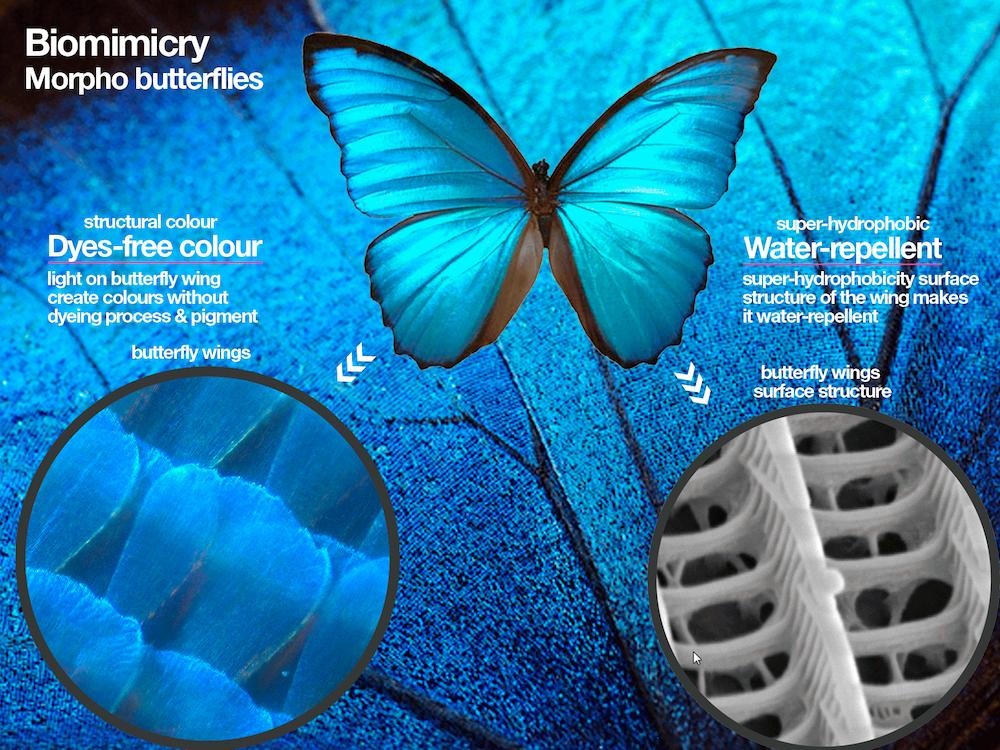
Image reference. Structural color and superhydrophobic surfaces are the two nature-inspired innovations from our favourite insect - the Morpho Butterfly.
If you wish to learn more about biomimicry - you can download this free ebook: A Field Guide to Biomimicry
How was structural color discovered?
Over 515 million years ago, nature created structural color.
It then took, 514 million years and 999 999 years more before we (humans) discovered it.
Robert Hooke (1665) and Isaac Newton (1730) were the first to correctly explain the structural colors of silverfish (an insect) and peacock feathers. Later on, Goureau (1842) discovered that the colors produced from the shells of certain mollusks and the thin, membranous wings of many insects resulted from physical structures. Nevertheless, until the end of the nineteenth century pigments were generally regarded as the cause of animal colours.
Accurate, detailed studies of the mechanisms of structural colors commenced with Anderson and Richards (1942) following the introduction of the electron microscope.
What's interesting is that even though Hooke and Isaac Newton first described structural color more than 300 years ago, it’s only recently that chemists, material scientists, and physicists have turned their attention to the challenges of understanding, innovating and recreating structural color.
How does structural color differ from colors created by pigments?
The majority of color that we see on a daily basis is based on the absorption of light. If our shirt appears red, a dye or pigment absorbs all of the colors except for red. By contrast, structural color is created through hyper-specific reflection, not absorption.
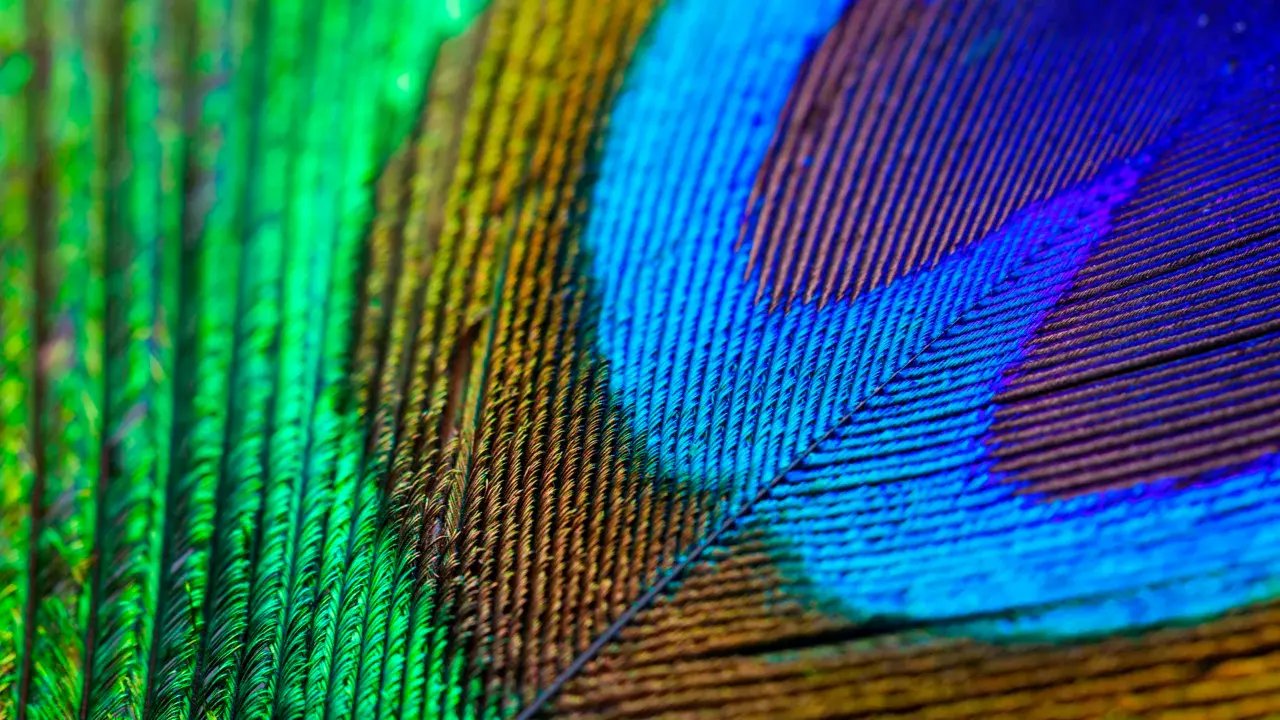
A closeup of a peacock feather shows the natural beauty of structural color.
Whilst traditional colorants like dyes or pigments are based on the absorption of light,
structural color is based on the diffraction of light
- dive into the biomimicry short course set to learn more.
Our Ten Best Examples of Structural Color found in Nature:

These examples of natural beauty are based on structural color. Mimicking them is both a desire and a huge challenge for chemical manufacturers, as the structures are complex.
- The brilliant-blue feathers of a Kingfisher
- Iridescent hues of Morpho butterfly wings
- Metallic shimmering chitin covers of beetles
- Gemstones
- Chameleons
- Longfin inshore squid, and its ability to change color
- Magnificent blue-and-yellow macaw and it’s non-iridescent colors
- Emerald-patched cattleheart butterfly, and it’s brilliant green using photonic crystals
- The Iridescent scales of the Augustus weevil give almost uniform green
- The feathers of a peacock
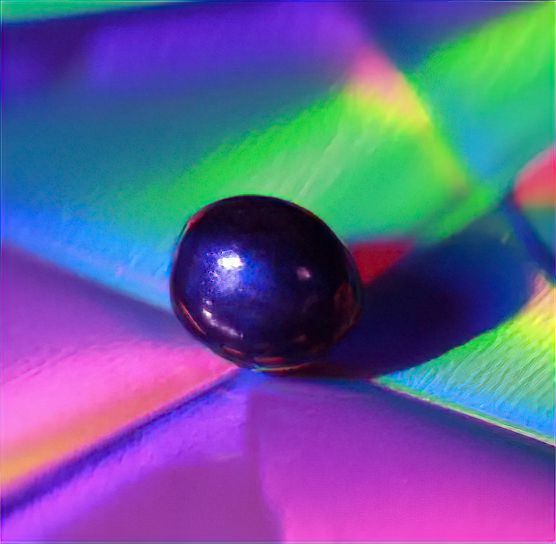
The most intense blue known in nature: Pollia condensata berries
Examples of Biomimicry and Structural Color in Action:
Structural color is a widely applicable nature-inspired innovation - from clothing and cosmetics to construction to anti-counterfeiting, and everywhere in between. Here are our favourite biomimicry examples of structural color.
Sparxell - creating the NEXT GENERATION of colors and effects
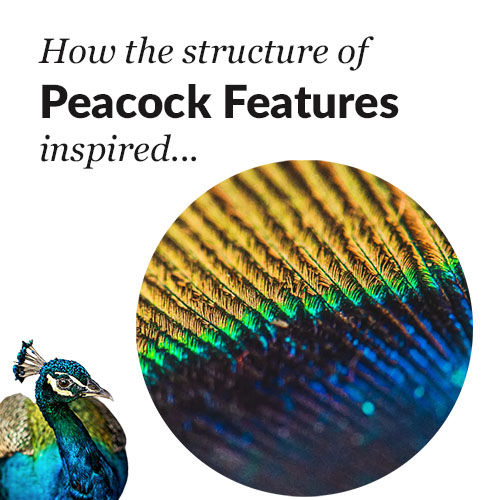
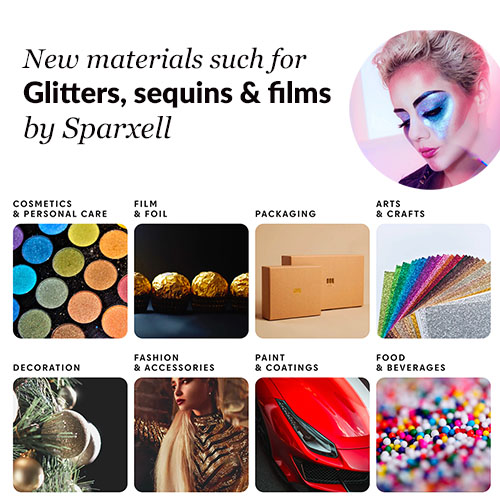
Sparxell, a UK-based startup and winner of the Ray of Hope Prize (2023) is focused on creating the next generation of colors and effects with vibrant, metal-like pigments, all from plant-based cellulose. By utilizing cellulose in pigment creation, Sparxell is showing how nature can color our world without the harmful environmental and societal effects of mined and synthetic minerals. Conventional substances used to make our cosmetics, fabrics, paints, and packaging bright and colorful often include metal or oil-derived ingredients. For example, the most common pigment, titanium dioxide, causes a white coloration and is used in products from toothpaste to paper. Titanium dioxide has recently been recognized as a carcinogen and banned from food and pharmaceutical products in the EU. There are some bio-derived alternatives, but none have been able to compete at cost… until Sparxell.
🪲 Biomimicry Example Inspired by: Structural color found in nature
🫖 Where: United Kingdom
🚗 Innovation / Function: Environmentally sustainable, non-toxic pigments, glitters, sequins and films
✏️ Who: Sparxell
🥇 Award: Biomimicry Institute's Ray of Hope Prize Winner for 2023
You can read the Top 10 Nature-Inspired Startups in the Ray of Hope Prize here
The World’s Lightest Paint, Plasmonic Paint

Plasmonic Paint - Inspired by butterflies, researchers invented a new paint that has no pigments.
Not only does it keep us safe from the dangerous effects of synthetic paints but also keeps buildings cooler. Image Reference: Interesting Engineering
This is the lightest paint in the world.
It was inspired by the Morpho butterfly wings, and it’s so light that you could cost a Boeing 747 with just 1.5 kg of paint… rather than the 500 kgs more typically used.
The nature-inspired innovators who brought this to life say it’ll make cars and planes energy-efficient. How much so? Consider the fact that 1kg of weight saved on a commercial plane results in less jet fuel use… saving an astronomical 106 kg of jet fuel per year, helping to decrease the carbon footprint of air travel.
Side note: we explored this in another article: Bio-inspired AI
Called, ‘Plasmonic Paint’, it is made of aluminum and aluminum oxide, making specific structures at the nano-scale. Built-in color doesn’t fade over time. It also absorbs less heat (reducing air-conditioning!).
🦋 Biomimicry Example Inspired by: The classic Morpho butterfly wings
📍 Where: Florida, USA
🎯 Innovation / Function: Lightest paint in the world
✏️ Who: University of Central Florida
Perhaps you’re not painting a Boeing or building this weekend, so how else might structural color be useful?
Securing Splendour: The KolourOptik Anti-Counterfeiting Shield
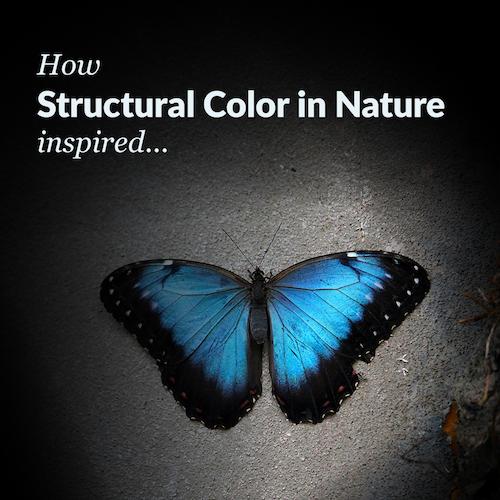
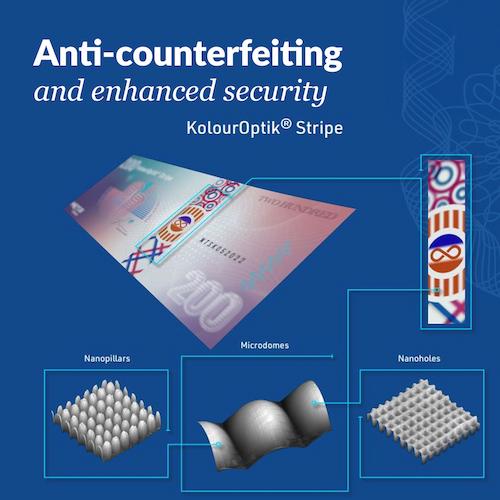
KolourOptik from Nanotech uses microstructures to secure products and make them difficult to counterfeit.
The Challenge
Counterfeiting costs companies and governments billions of dollars every year. Passports, banknotes, immunity certificates, identification documents and tax stamps all require enhanced security in order to protect from counterfeits… and MetaMaterials sought to find a way to advance security measures through the prevention of counterfeiting.
The Solution:
KolourOptik® addresses this issue by using sub-wavelength nano-structures / micro-structures to create unique and customisable security features. These features generate a distinct visual effect. The pure plasmonic color pixels in KolourOptik imitate the nano-structures found on butterfly wings, producing structural color. The outcome is an exceptional identification method that delivers full color, 3D depth, and movement that's extremely difficult to duplicate.
Key Features:
- Versatility: Less than 5 microns thick, seamlessly integrates into banknotes and other secure government documents.
- Various Applications: Nanotechnology has adapted this technology into LumaChrome®, extending its use to create labels for consumer products like packaging and pharmaceuticals.
In summary, KolourOptik's innovation provides an effective and versatile solution to combat counterfeiting in various sectors, ensuring the integrity of important documents and consumer products alike.
🪲 Biomimicry Example Inspired by: Structural Color Found in Nature
🍁 Where: Canada
🎯 Innovation / Function: Anti-counterfeiting. Enhanced security
✏️ Who: Meta Materials, inc
🔍 AskNature: Anti-Counterfeiting Technology Inspired by the Morpho Butterfly
Cypris Materials
the next generation of sustainable colors
Cypris Materials is focused on delivering the next generation of sustainable colors while simplifying manufacturing, application, and formulation.
How it works: Their paints start as two different combinations of clear/white crystals. These crystals will end up forming blue (based on the Morpho butterfly) and red solid polymers. To develop the paint, these crystals are mixed with an organic solvent until they dissolve into a clear-looking paint. Next, these clear-looking paints are applied to a surface. As the paints dry, the solvent dissolves, and the solid polymers form a nanostructure that acts like the wing of a Morpho butterfly, providing blue or red structural color.
The benefits: Cypris Materials has mastered red and blue colors, it can create all of the colors of the rainbow by combining the two types of crystals that form blue and red solids in different ratios before adding the combinations to the solvent. Depending on the ratio, the combinations can result in orange, yellow, green, or purple.
Cypris paints come in brush paint and spray paint form and can be used to coat anything from a canvas to the walls of a house. These paints, due to their structural color, eliminate the need for pigments and dyes, which are created with inorganic pigments that can have extremely harmful effects on humans (damage to organ systems, damage to the nervous system, increased likelihood of developing skin cancer). As a result, Cypris paints are very eco-friendly, sustainable, and healthy for the consumer.
🪲 Biomimicry Example Inspired by: Structural Color Found in Nature
🇺🇸 Where: Berkeley, California, USA
🎨 Innovation / Function: Non-toxic paints
✏️ Who: Cypris Materials
🔍 AskNature: Light-Reflecting Coating Inspired by Butterfly Wings
Side note here: Cypris Materials co-founder and Nobel laureate Dr. Robert Grubbs developed the award-winning Ring Opening Metathesis Polymerization (ROMP) chemistry utilized in the production of Cypris Materials’ structural color copolymer.
Impossible Materials - Rethinking White and how we Make it Non-Toxic
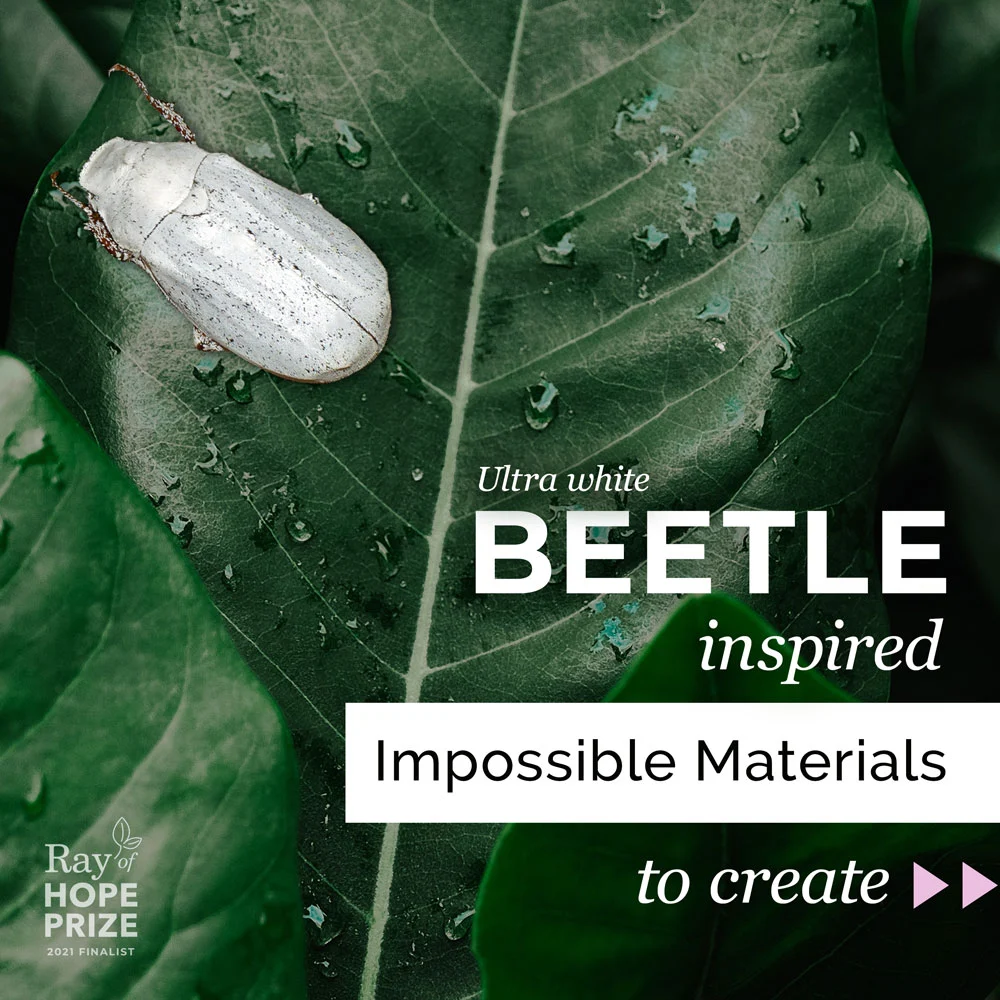

It’s about time we say goodbye to the global use of toxic chemicals. Titanium Dioxide (TiO2) is widely used to produce the industry’s favorite; white color. We need to stop this deadly trend and, thankfully, researchers at Impossible Materials have found a way to create a better and safer white pigment. By studying the super-white Cyphochilus beetle, they have mimicked the nano-structure inside the beetle’s skin (which reflects only white light) and replicated it inside a cellulose molecule chain.
🪲 Inspired by: Cyphochilus beetle
📍 Where: Cambridge, UK
🎯 Innovation / Function: non-toxic natural super-white pigment
✏️ Who: Impossible Materials - Enabling Sustainable Products
🔍 AskNature: Super-White Material Inspired by the Cyphochilus Beetle
Fusion Bionic and the making of nature-inspired nano-scale surface textures
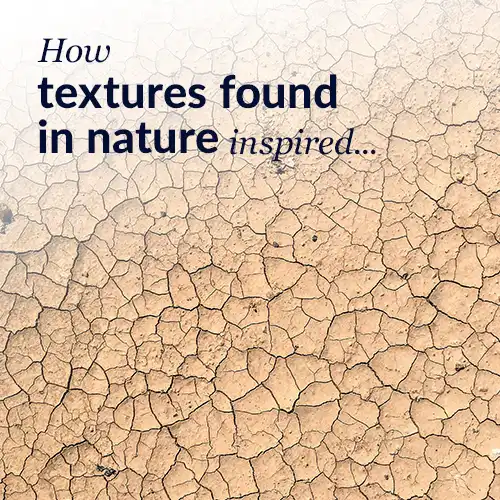
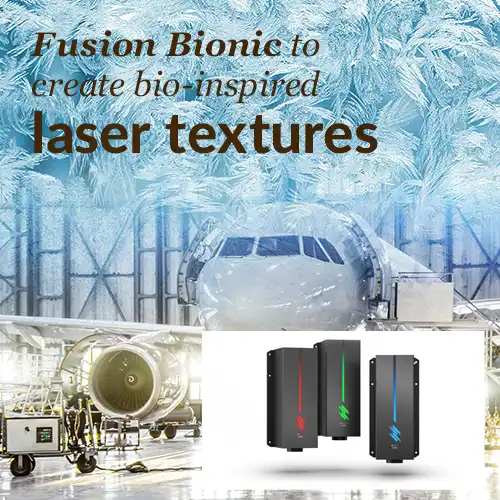
Fusion Bionic opening a new door to new nature-inspired nano-scale surface textures. The right surface textures hold endless possibilities, from anti-icing textures for aviation, to medical products which are antibacterial (akin to the denticles of shark skin). Fusion Bionic creates laser-generated surface texture using their Direct Laser Interference Patterning (DLIP) machines.
🪲 Inspired by: Textures found in nature
🇩🇪 Where: Germany
🎯 Innovation / Function: bio-inspired laser textures (micro and nanoscale)
✏️ Websites: See Fusion Bionics website or
🔍 AskNature: Functional Surface Finishing Inspired by Plants and Insects
Werewool Fibers - Next-Gen Performance Protein Fibers
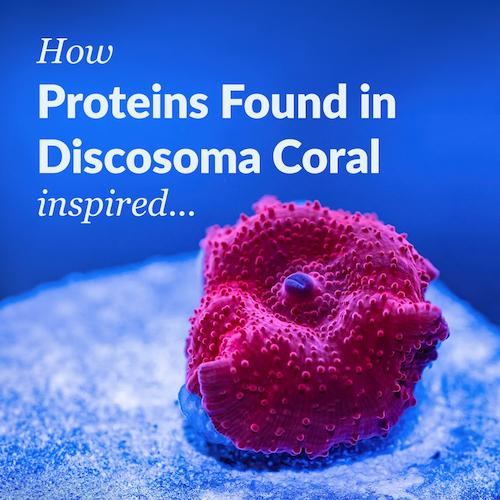
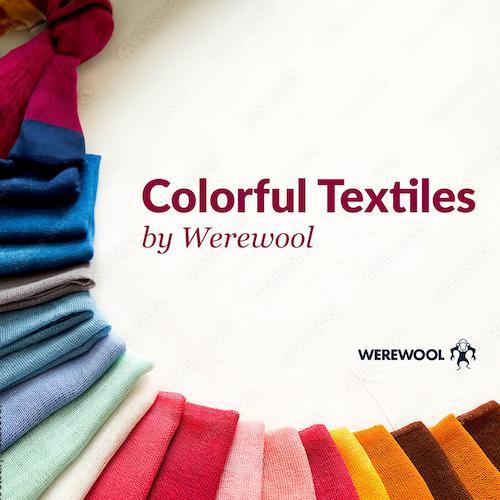
Werewool uses proteins found in nature to create color and biodegradable fibers without the use of toxic chemicals or dyes.
Proteins are the building blocks of life, found in everything from skin, muscle, hair, and so much more.
Werewool are designing fibers sustainable textiles at the DNA level. With inherent properties such as color, moisture management, and stretch, Werewool can meet the demands of today’s consumers without compromise.
The Werewool team identifies protein structures found in nature, such as the red fluorescent protein found in some species of Discosoma, a coral relative. They then grow fibres that are reliant on these proteins, creating textiles without the need for toxic dyes, finishes, and petroleum-based synthetics.
🪲 Inspired by: Proteins found in nature
📍 Where:
🎯 Innovation / Function: Nontoxic benefits. Reduced carbon emissions, waste and less chemical use
✏️ Who: Werewool
🔍 AskNature: Colorful Textiles Inspired by Proteins Found in Discosoma Coral
If structural color is so great, then why isn’t it everywhere?
Good question. Such nano and micro-structures are complex and reproducing them is complicated and time-consuming. For the most part, we’ve lacked the ability to create structural color … that is, until now!
To replace standard color / traditional dyes, the manufacturing process needs to be simplified.
Reducing costs to match the level of traditional dyes and meeting the requirements of mass continuous production is an important next step, which is closely related to the complexity of production.
Simplifying the fabrication process, reducing cost, increasing efficiency and enhancing performance are four vital directions for both research and practical application of structural colored fibres and textiles.
The Pros and Cons of Structural Color:
Benefits of Structural Color
- Extremely light weight
- Doesn’t fade
- Absorbs less heat
- Non-toxic and life-friendly
- Super-thin
- Widely applicable
- Reduced carbon emissions, waste and chemical use
Disadvantages of Structural Color
- Difficult to fabricate
- Inefficient to create
- Costly
- All of these disadvantages require the caveat of "currently". With our rapidly advancing technologies, we'll likely see these manufacturing challenges fading away ;)
In summary, there are many pros and cons of structural color, and its wide application offers opportunities towards sustainability and new nature-inspired innovations.
It’s never too light to learn.
Wild regards
Alistair Daynes, Biomimicry Practitioner

About the author: Alistair Daynes is a systems builder, focused on blending creativity, business, and the genius of the natural world. He began his entrepreneurial journey in Cape Town, on a year-long assignment as the Lead Google Trekker, showcasing +180 of South Africa’s hiking trails. This new-age pilgrimage sparked the creation of ReWild Africa, and a journey to explore solutions to ecological restoration. Out of every solution and innovation witnessed, Alistair settled on biomimicry as the ideal solution for innovating a thriving world, and the rest as we say... is history.
Still Curious?
References
- Cypris Materials cofounder Ryan Pearson has a great TED talk on the subject of structural color,
with the second half has many insights on how it works chemically (eg. photonic crystals and their self-assembly, highlighting the multiple bio-inspired strategies, etc)
- https://en.wikipedia.org/wiki/Structural_coloration
- Recent Progress in Artificial Structural Colors and their Applications in Fibers and Textiles
- https://lifescaped.com/resources/downloads/Publication_515MillionYearsStructuralColour.pdf
- Structural Color for Additive Manufacturing: 3D-Printed Photonic Crystals from Block Copolymers

